Spatial Computing: Revolutionizing Industries Across the Globe
- Spatial computing is altering industries by combining the physical and digital worlds. This ground-breaking technology improves operations in the oil, gas, pharmaceutical, construction, automotive, manufacturing, and space industries. Spatial computing promotes efficiency and creativity in many industries by allowing for exact interactions between digital data and real-world settings.
What is Spatial Computing?
Spatial computing uses augmented reality (AR), virtual reality (VR), and enhanced data processing to superimpose digital information on physical locations. It allows people to engage with digital content in 3D surroundings. This collaboration bridges the gap between digital systems and real-world applications, making processes more user-friendly and efficient.
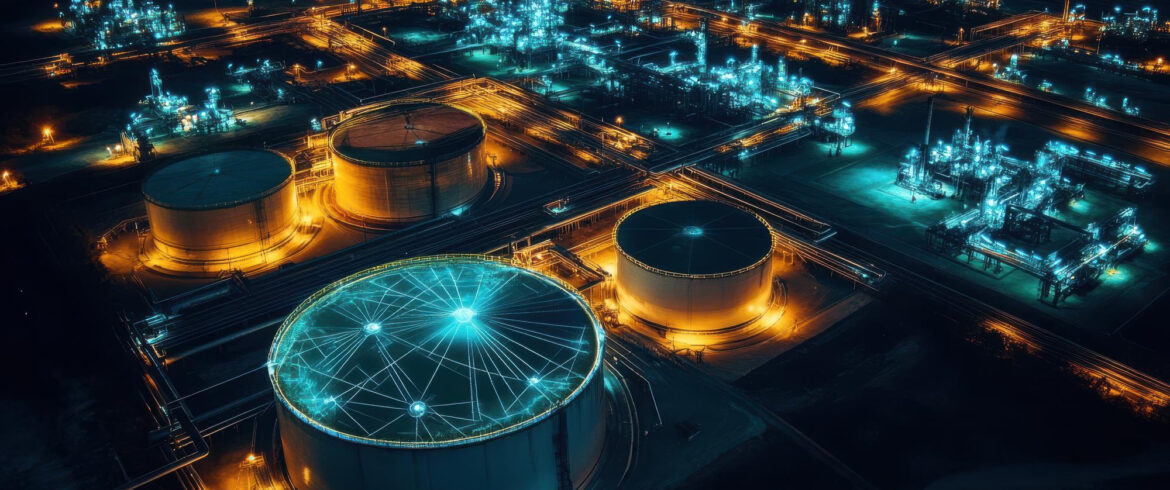
Spatial Computing in the Oil and Gas Industry
The oil and gas industry has used spatial computing to optimize exploration, drilling, and refining processes. Companies view subterranean reserves in 3D, lowering risks and increasing drilling accuracy by up to 25%. For example, AR and VR simulations help geologists better evaluate subterranean formations.
Spatial computing improves safety in this high-risk business. Workers utilizing AR devices get real-time advice, which reduces errors during difficult jobs and workplace accidents by 30%. Predictive maintenance powered by spatial computing monitors equipment health, reducing downtime by 20% and increasing ROI by 15%.
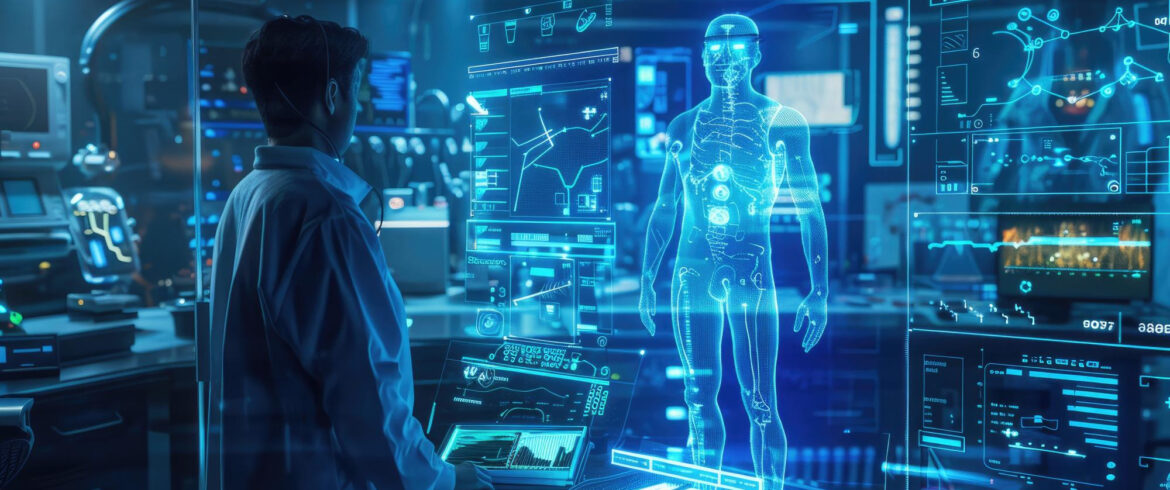
Transforming Pharmaceuticals with Spatial Computing
In the pharmaceutical business, spatial computing helps to speed up drug development and improve patient care. Simulating molecular interactions with spatial computing cuts drug discovery timelines by 40%, saving significant resources.
Training healthcare personnel in virtual reality environments increases skill acquisition and reduces procedural errors by 35%. Furthermore, AR apps help with drug distribution by visualizing veins, boosting treatment precision by 25%, and improving patient outcomes.
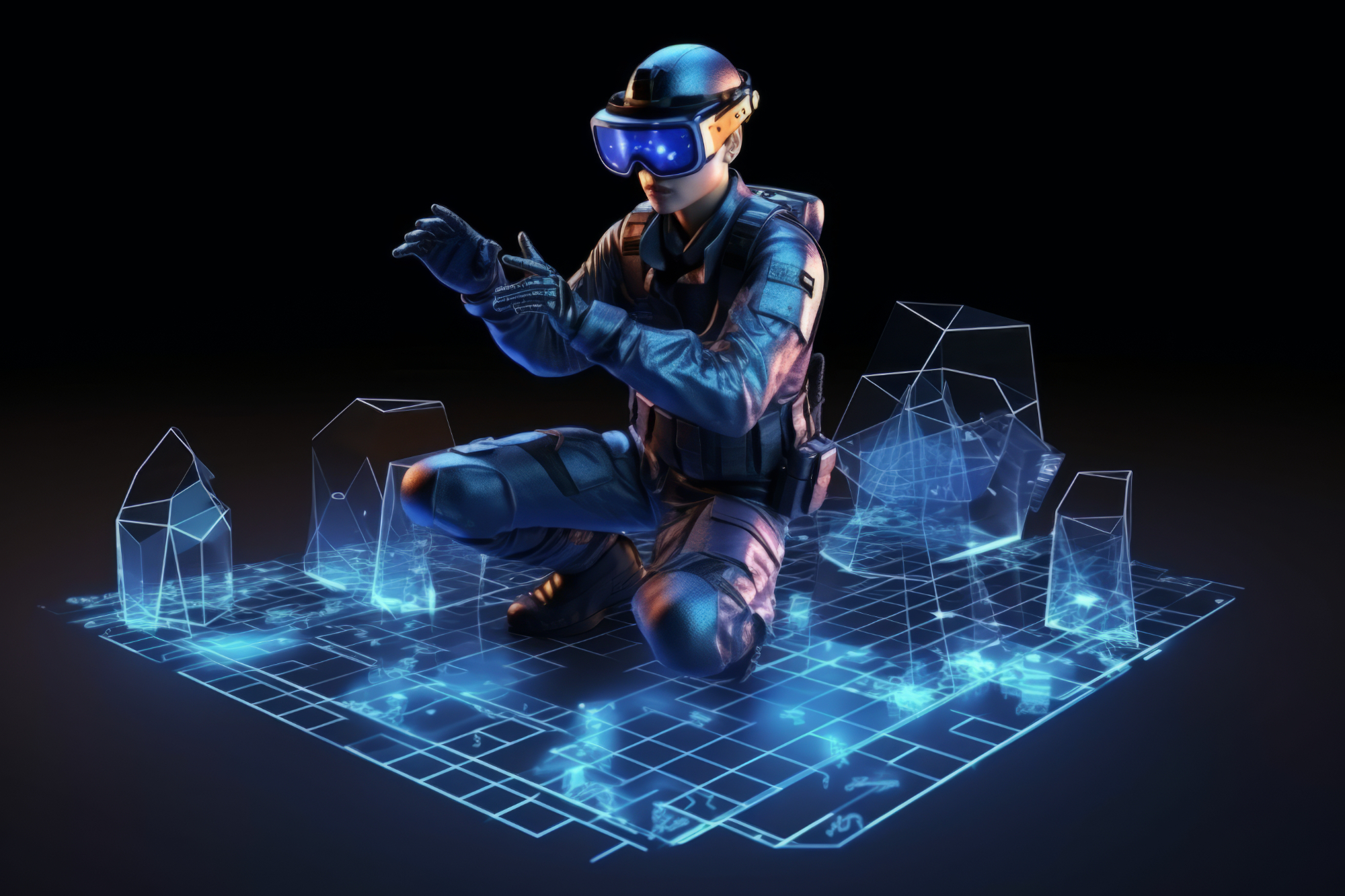
The Role of Spatial Computing in Construction
Construction organizations use spatial computing to improve project planning, execution, and maintenance. Visualizing blueprints in 3D allows architects and engineers to spot possible concerns early on, lowering delays by 30% and project costs by 20%.
During building, real-time progress tracking with spatial sensors improves resource allocation efficiency by 25%. AR headsets provide workers with overlayed instructions, which improves task accuracy and reduces errors by 35 percent. These innovations lead to a 20% increase in total production.
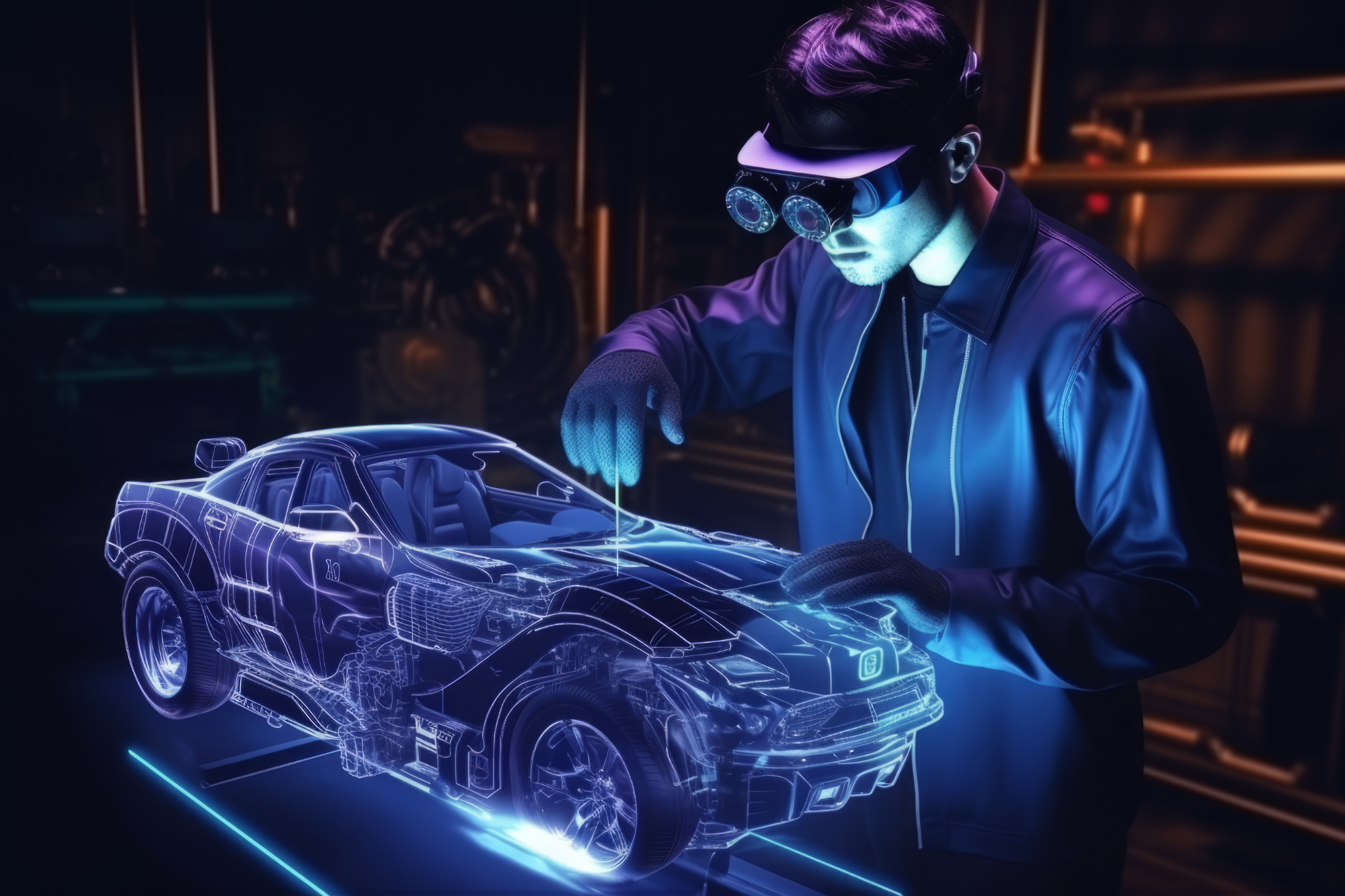
Spatial Computing in the Automotive Industry
The automotive industry innovates customer experience, manufacturing, and vehicle design through the use of spatial computing. Development expenses are cut by 25% and time to market is shortened by 30% with virtual prototypes. Additionally, these models result in a 20% increase in vehicle performance testing efficiency.
Advanced driving-assistance systems (ADAS) made possible by spatial computing improve driver safety and cut down on traffic accidents by 25%. Navigation safety is enhanced with AR displays that reflect directions onto windshields, while immersive VR showrooms boost consumer engagement and sales conversion rates by 20%.
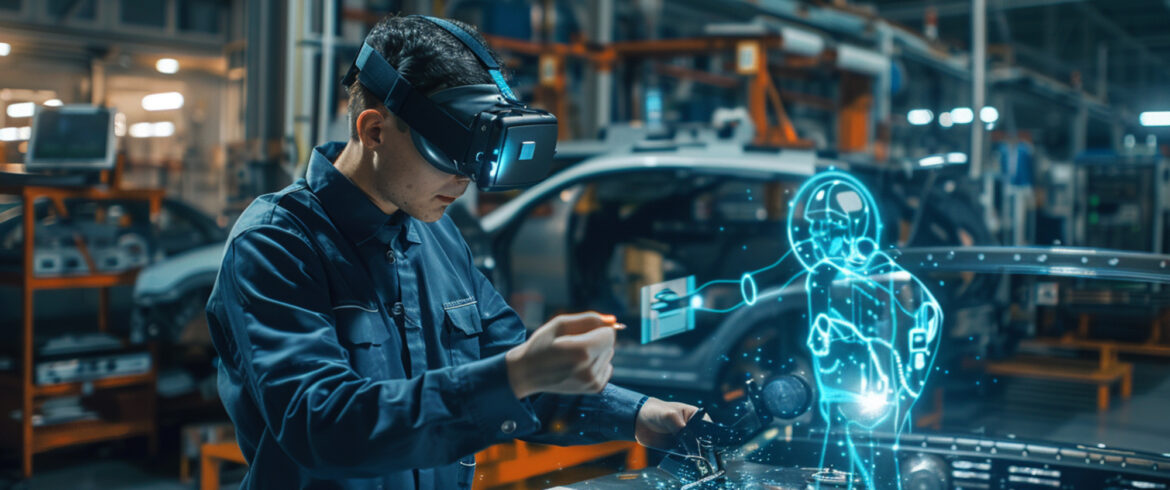
Enhancing Manufacturing with Spatial Computing
Spatial computing improves product quality and optimizes production processes in manufacturing. 3D workflow visualization optimizes layouts, increasing productivity by 30% and decreasing errors by 25%.
Using VR simulations to train employees increases retention of information and lowers training expenses by 40%. AR tools reduce errors by 35% and increase productivity by 30% by offering step-by-step instructions during complex activities.
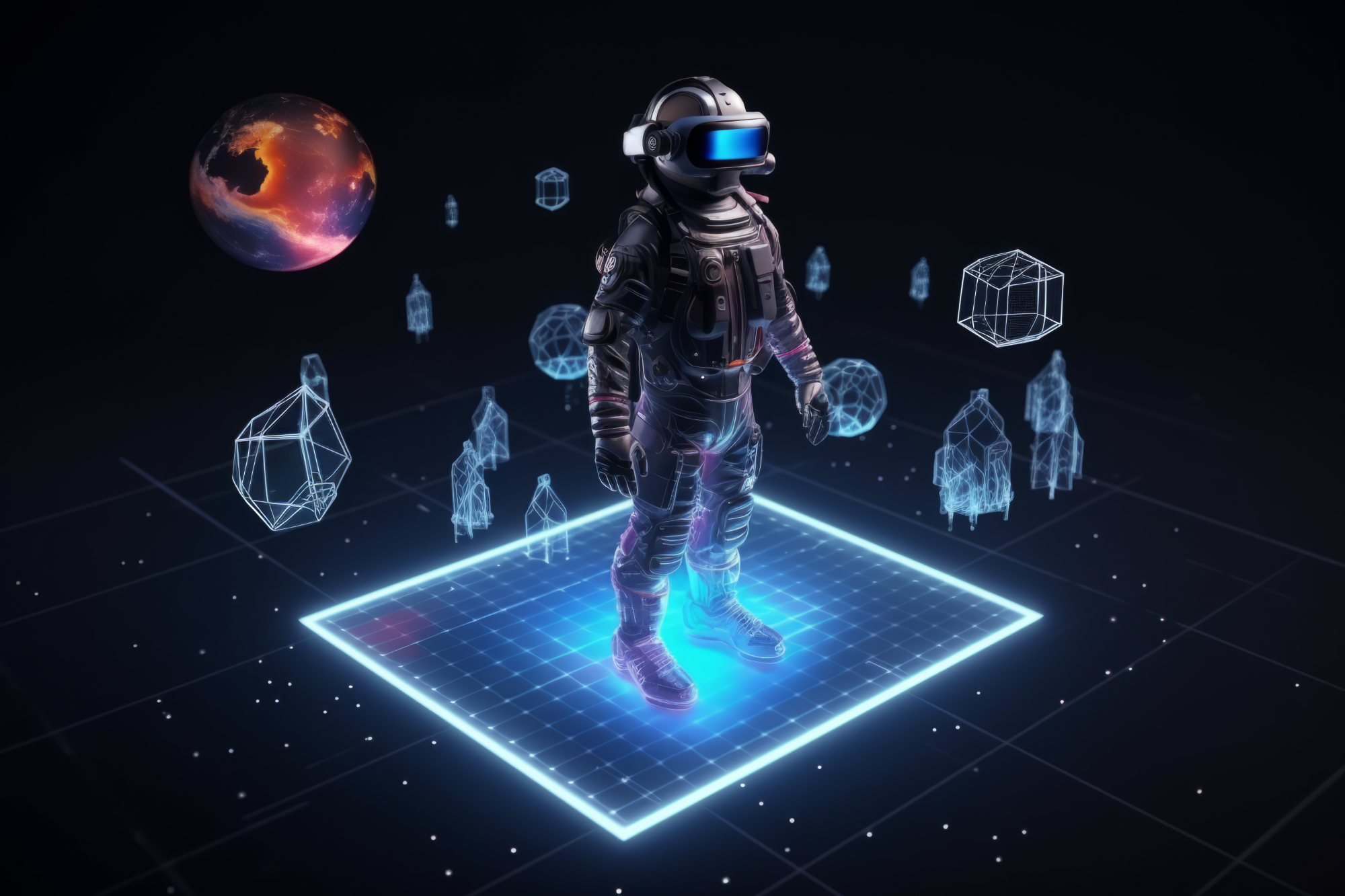
Spatial Computing in Space Technology
Spatial computing has a major impact on space exploration and research. Mission planning accuracy increases by 40% when spacecraft activities are simulated. For instance, using spatial computing to visualize planetary terrains increases rover navigation efficiency by 30%.
Spatial computing guarantees accurate satellite deployment, lowering launch risks by 25%, while astronaut training in virtual reality environments increases preparedness by 35%.
Challenges in Adopting Spatial Computing
Spatial computing is hampered by issues like high implementation costs and technical complexity, despite its potential. To take full use of this technology, industries need to invest in cutting-edge hardware and software. Spatial computing also raises data privacy issues because it gathers and analyzes vast amounts of data.
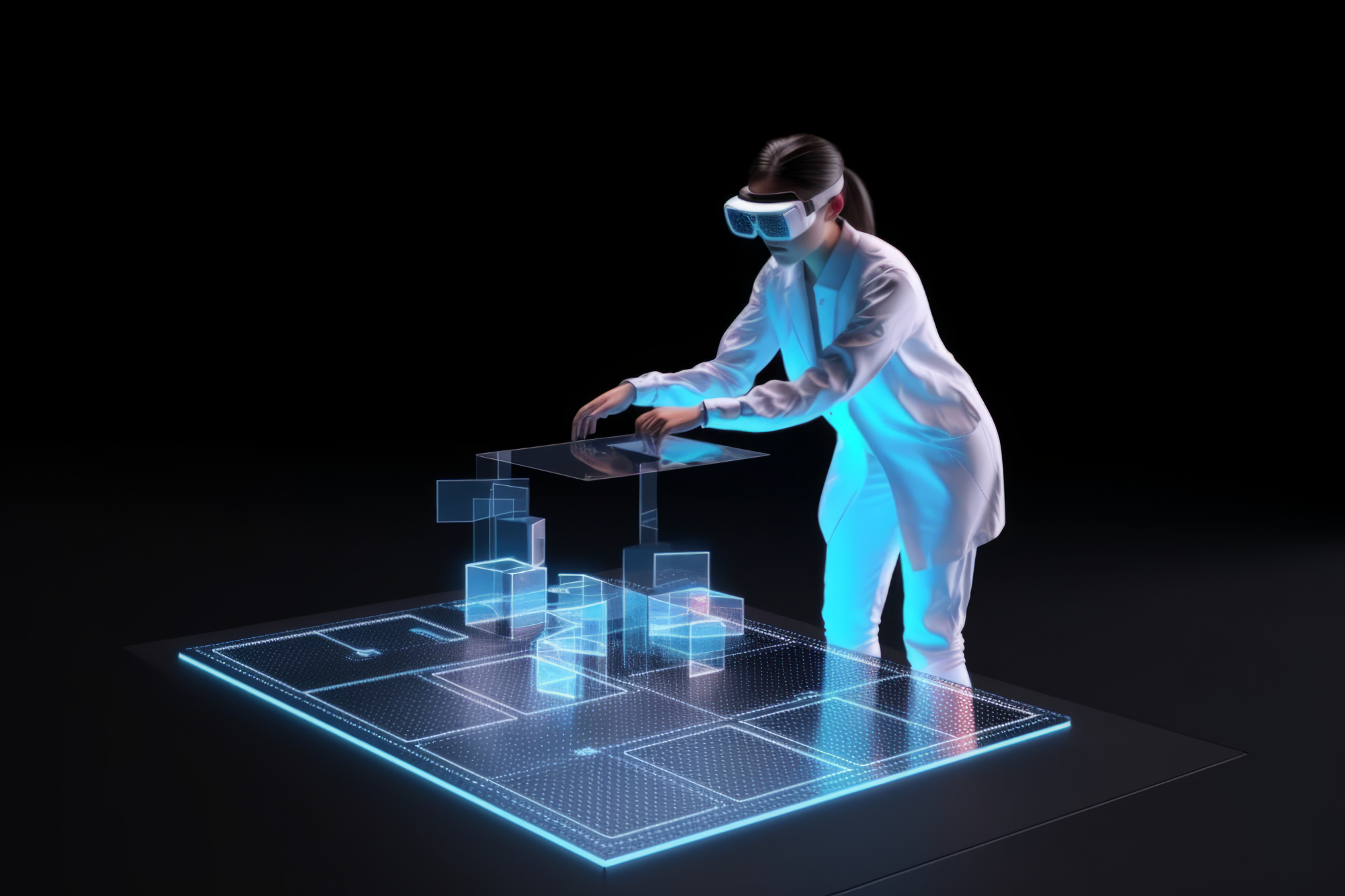
The Future of Spatial Computing
Spatial computing will become more widely available and significant as technology develops. Industries will keep looking for new ways to use technology, which will increase productivity and sustainability. Its capabilities will be further improved by integration with cutting-edge technology like the Internet of Things and artificial intelligence.
Conclusion
Oil, gas, pharmaceuticals, construction, automotive, manufacturing, and space technologies are all undergoing radical change because of spatial computing. This revolutionary technology enables companies to reach previously unheard-of levels of efficiency, safety, and innovation by fusing the digital and physical worlds:
Efficiency: 25–40% increases in a variety of sectors.
ROI: Gains between 15 and 30 percent.
Accident Reduction: 25–35% fewer occurrences.
Productivity: Operational increases of 20–40%.
Spatial computing will revolutionize industry operations as its use increases, ushering in a new era of technical innovation and cooperation.

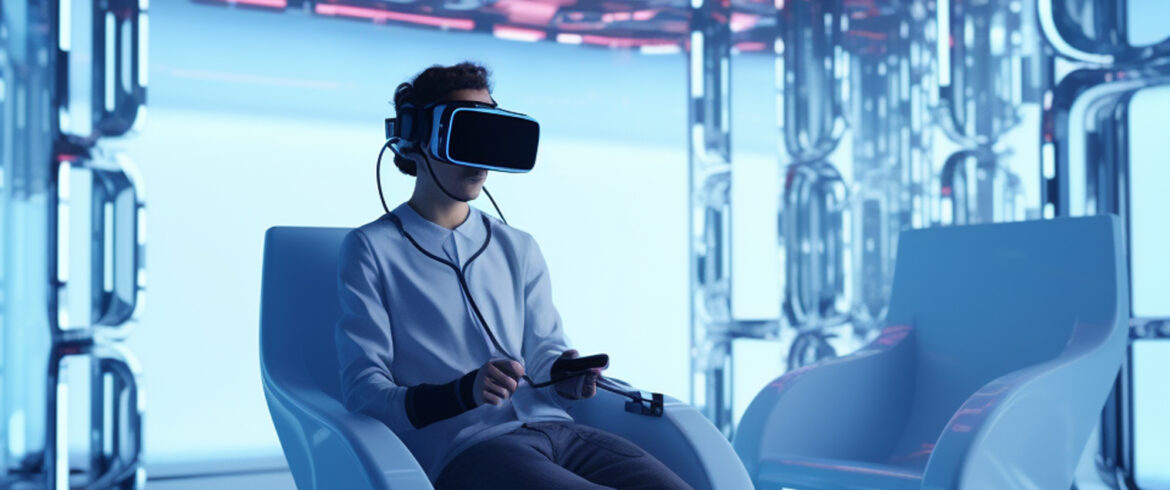
Leave A Comment